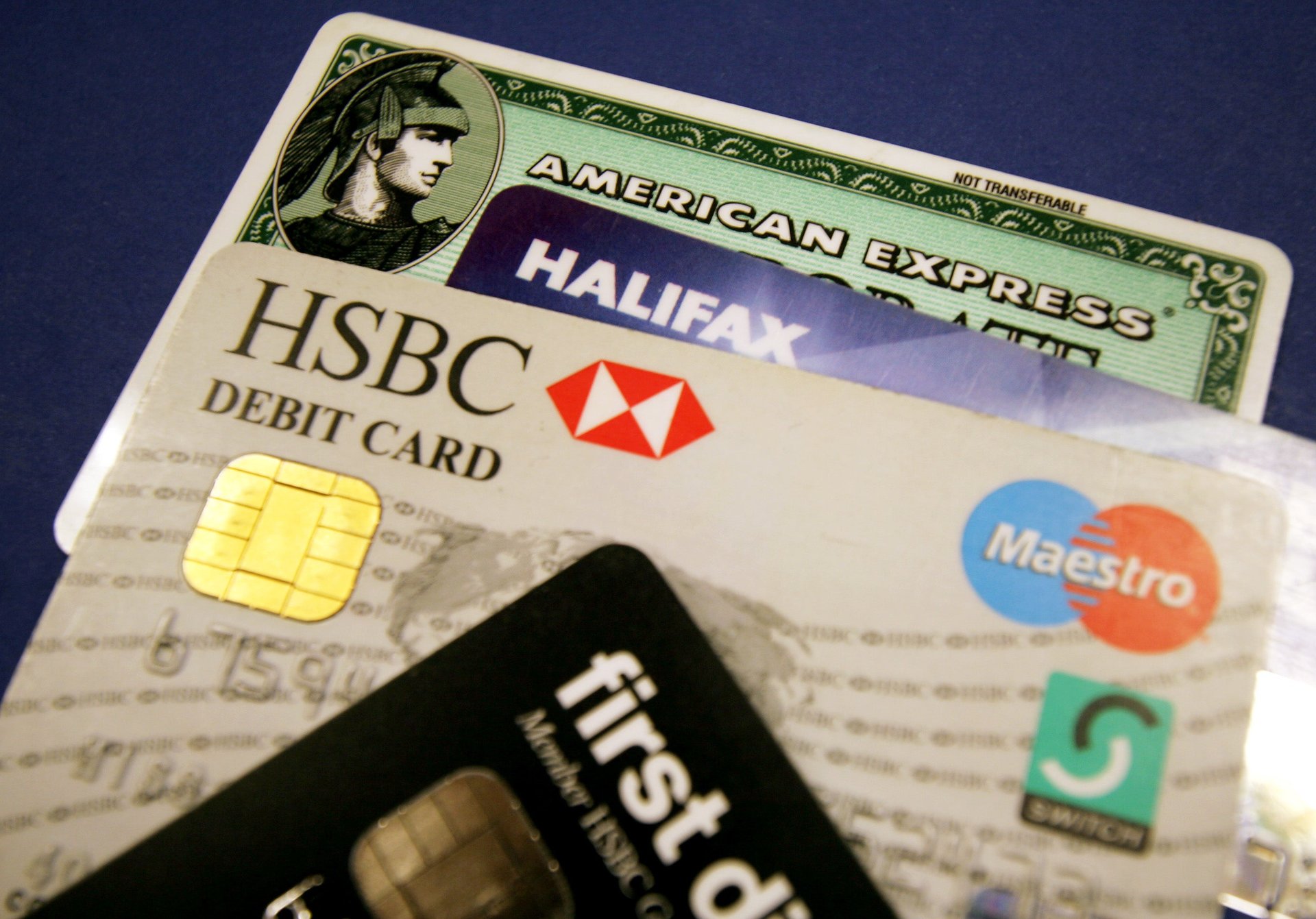Americans are still using credit cards to buy necessities as household debt hit a new record
In the first three months of 2023, total US household debt rose by $148 billion, according to Federal Reserve data

US household debt has reached a record $17 trillion, according to new Federal Reserve data—and Americans are continuing to add to it by spending heavily on their credit cards.
Suggested Reading
The data, published by the Federal Reserve Bank of New York yesterday (May 15), highlights the enormous financial pressures on American families in an age of inflation. The persistent rises in the prices of essentials such as food and rent have made household budgets go haywire and pushed people to borrow against their credit cards to pay for these necessities.
Related Content
Credit card debt now stands at $986 billion, another record. Remarkably, this figure stayed flat from the fourth quarter of 2022 to the first quarter of 2023, even though historically this period has seen a post-holiday decline in credit card balances. This year marks the first in two decades that such a decline hasn’t transpired.
Credit card debt jumped 17% from a year ago. “Aggregate limits on credit card accounts increased by $119 billion, representing a 2.7% increase from Q4 2022 levels,” the report said.
In the first three months of 2023, total US household debt rose by $148 billion, up 0.9% from the fourth quarter of last year. This surge occurred despite a slackening of mortgage financing: in the quarter, only $323.5 billion in new mortgages were issued, 62% lower than the same period last year and the lowest since mid-2014.
Americans are feeling a financial squeeze
In other signs of the increased burden of debt on US households, the Federal Reserve report noted that every major category of consumer debt has witnessed an upward spike from the previous quarter.
Outstanding mortgage debt topped $12 trillion, student loan balances stood at $1.6 trillion, auto loans at $1.56 trillion, and balances on home equity lines of credit (HELOC) rose by $3 billion. Overall, thanks to inflation, debt balances are now $2.9 trillion higher than they were at the end of 2019, before the pandemic and its attendant economic slowdown, the report said.
The $3 trillion figure is something of a reversal from the first two years of the pandemic, when most people stayed home during covid-19 lockdowns, spending less than they would have otherwise. In April 2020, US savings had reached a peak of $6.42 trillion, driven by constrained spending as well as stimulus payments.